Understanding these differences might help make clear their applications and potential. Up till quite recently, all industrial robots may solely be programmed to hold out a repetitive collection of movements which, as we now have mentioned, don’t require artificial intelligence. Robotics and AI are two related fields of science and know-how, but with a number of differences. Robotics is the self-discipline that deals with designing machines able to automating tasks. In this sense, robotics specialists additionally create, programme and function these automated components to develop sure skills and duties https://www.globalcloudteam.com/ai-robotics-how-artificial-intelligence-is-transforming-robotics/.
Banks Save Money And Time Using Rpa For Due Diligence
Robots might replace about 800 million jobs globally in the future, making about 30% of all occupations irrelevant. Stats like these scramble individuals’s heads and make them imagine that robots and AI are one and the identical, which has never been the case. Instead, businesses and governments use robotics-based purposes that can be described as a convergence of AI and robots. Unlike what’s proven in most dystopian sci-fi films or books, not all robots are clever. Artificially clever robots, a combined utility of AI and standard automation robots, are simply AI engineers one of the several forms of robots. Such robots use AI algorithms and fashions to execute greater than just a repetitive series of actions and improve their autonomy—but more on that later.
Ai And Robotics: Variations In Degree Of Automation
Professor Tony Dundon and Professor Debra Howcroft at The University of Manchester argue that as an alternative of job losses it is way more doubtless that workers in plenty of areas will see the nature of their function change. Jobs could instead turn out to be more codified and decreased to certain core duties by way of automation, which may result in progress alternatives in addition to widespread alterations in working practices and necessities. Growth in using robotic methods and AI is more likely to affect staff in different ways throughout many sectors, though predicting the extent of the general influence on employment may be very troublesome. In the following section a abstract of the current conversation concerning the scale and nature of changes to employment is included.
Why Does Artificial Intelligence Matter In Robotic Technology?
Robot intelligence isn’t the identical as human intelligence and robots cannot create new skills outdoors of the scope of what they were programmed to do. Another well-liked false impression is that AI-powered robots will replace people in all jobs. They are designed to help people in their work to enhance effectivity, productiveness, and safety. Conversational AI makes use of information, NLP, and machine learning to take an AI robot’s interaction capabilities with humans to the subsequent degree.
Robotics And Artificial Intelligence
- Expect to see robots in increasingly more industries, performing a wider range of duties, and collaborating with humans in new and progressive methods.
- Important to know is that NAIs do not do much more than what they’ve been educated to do.
- This creates a suggestions loop that can accelerate the event of each machine learning and AI.
The net impact is the dilution of authorized rights and exclusion of protections for giant and rising sections of the labour pressure. When viewing the tempo of its progress and improvement it can seem as if know-how – and its digital platform additions – is by some means neutral, or that change is inevitably technologically decided. As has been discussed, predictions on the scale of the results on employment differ considerably, although most research present that it is highly likely that many new forms of position might be created.
Ai And Robotics: Differences And The Way They Work Collectively
Robot machines look similar to people, and in addition, they can perform like humans, if enabled with AI. For example, AI-enabled robots greet prospects in stores and supply them with customized data and instructions. They harvest ripe greens in farm fields and serve made-to-order lattes in espresso shops. In industrial settings, AI-enabled robots hold staff safe by working in shared areas. They also perform complicated tasks similar to chopping, grinding, welding and inspection autonomously. The subsequent stage of AI, generally known as AGI or Artificial General Intelligence, holds the potential to succeed in levels of true human understanding.
Synthetic Common Intelligence (agi)
Combining these applied sciences can present a extra complete resolution to automate enterprise processes and improve effectivity. RPA includes automating repetitive and rule-based tasks utilizing software robots. It aims to automate guide, mundane, and repetitive tasks to enhance effectivity and cut back human error. The integration of robotics and AI can result in substantial productiveness features, price discount, and increased safety for industrial producers. Robots can deal with dangerous or repetitive physical duties with excessive precision, while AI can optimize manufacturing planning, predict maintenance wants, and streamline provide chains.
Difference Between Robotics And Synthetic Intelligence
Transfer studying reuses the pre-trained mannequin for a related problem, and only the final layer of the mannequin is skilled, which is comparatively less time consuming and cheaper. In robotics, switch learning can be utilized to train one machine with the assistance of other machines. Artificial intelligence refers to a broad class of techniques that enable machines to imitate advanced human capabilities. In this text, we are going to discover all about Artificial Intelligence in robotics and the idea of synthetic intelligence robots.
The mixture of AI and robotics holds super potential, resulting in elevated productiveness and effectivity, improved security and larger flexibility for staff in a big selection of professions. Robotic course of automation, is where many companies have their first encounter with advanced business expertise. As a “task-oriented” automation, it has a narrow focus—it provides streamlined assistance to human staff by taking probably the most tedious work out of their palms. Cognitive roboticists are working on these problems all over the world, and are making some significant progress in creating machines that will work higher with people. Angelo Cangelosi is a Professor in Artificial Intelligence and Cognition on the University of Plymouth and can take up a Chair in Cognitive Robotics at The University of Manchester in 2018. He research theories of cognition and language-learning, and the way they can be utilized to enhance the training and communication capabilities of robotic systems.
Although there have been considerations in regards to the potential of AI and robotics to make some features of human work obsolete, the World Economic Forum (WEF) predicts that this expertise will create 12 million more jobs than it terminates by 2025. This progress presents an opportunity for the retraining and reskilling of the workforce and investment in data that aligns with the newest technologies. The contents of this publication have touched on simply some of the many functions of AI and robotics in several fields. While predictions on the pace and scale of progress in utilizing such systems range considerably, many businesses and organisations will soon have to make selections about whether and tips on how to put money into intelligent or autonomous machines. When employers use low-cost labour as an alternative of more expensive – and potentially more productive – expertise it is typically because they are choosing lower labour costs over greater infrastructural investments.
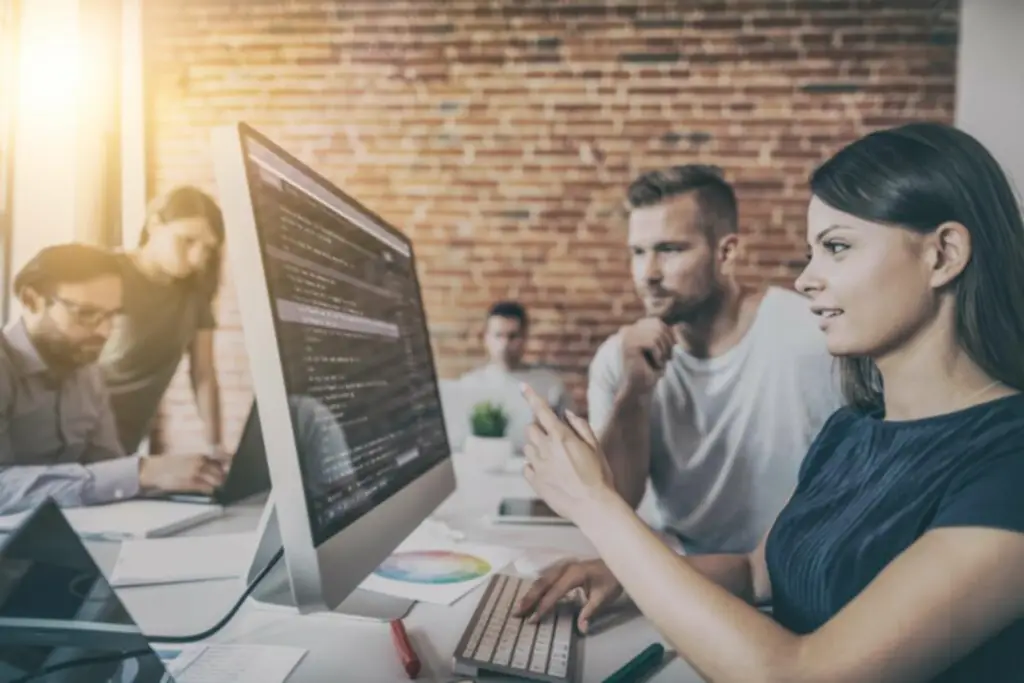
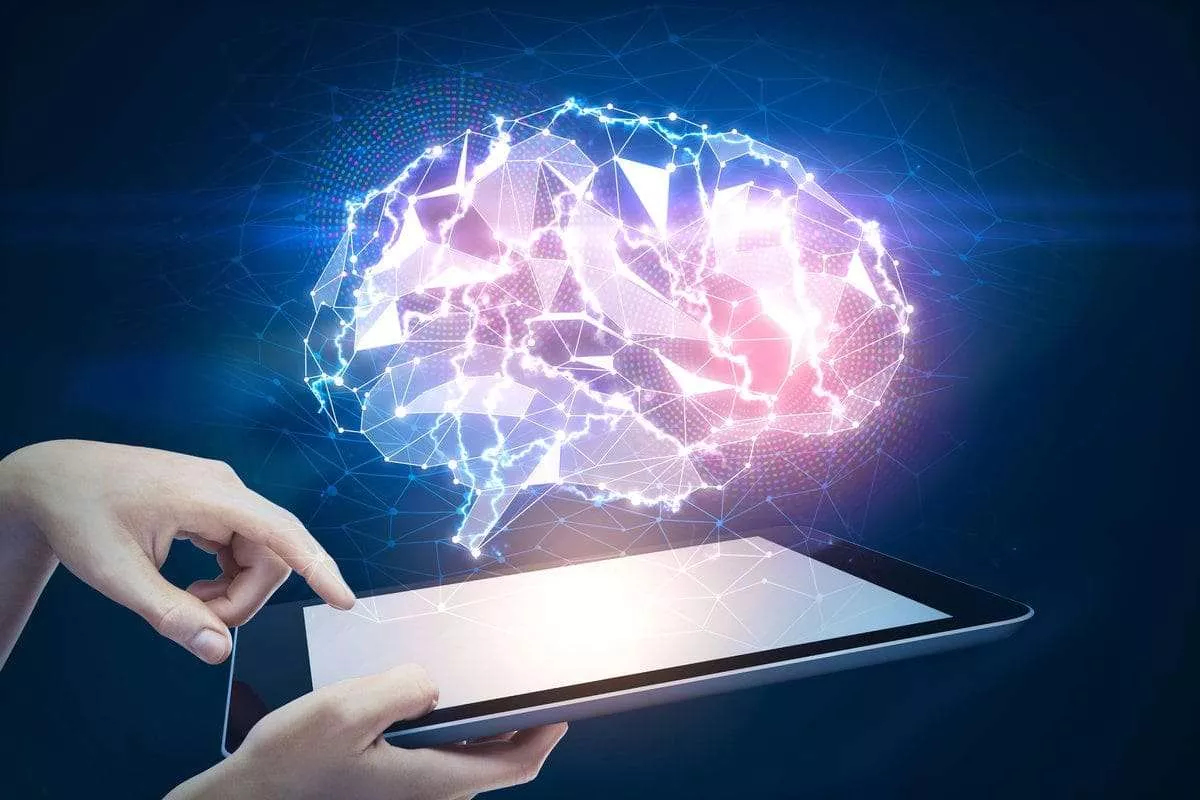
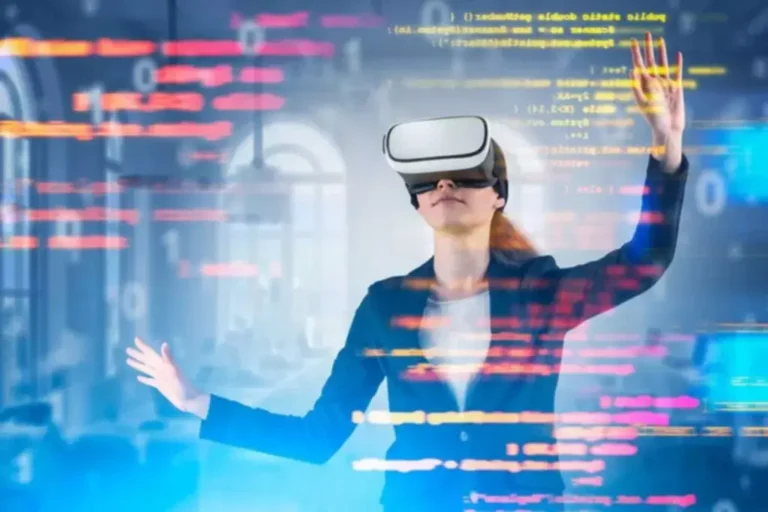
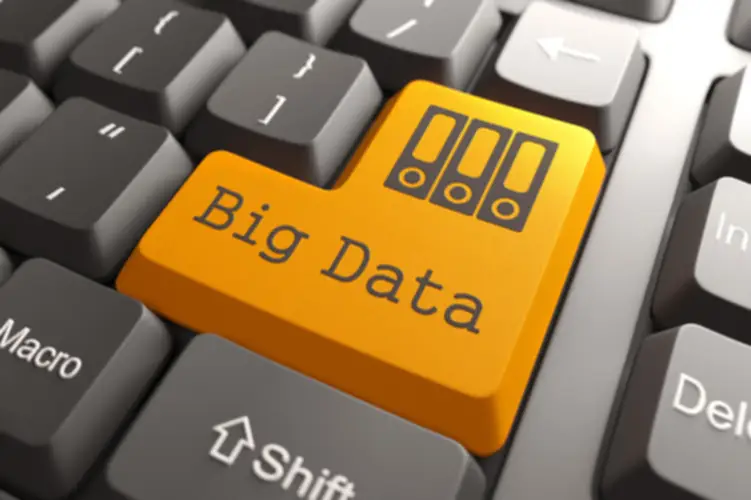



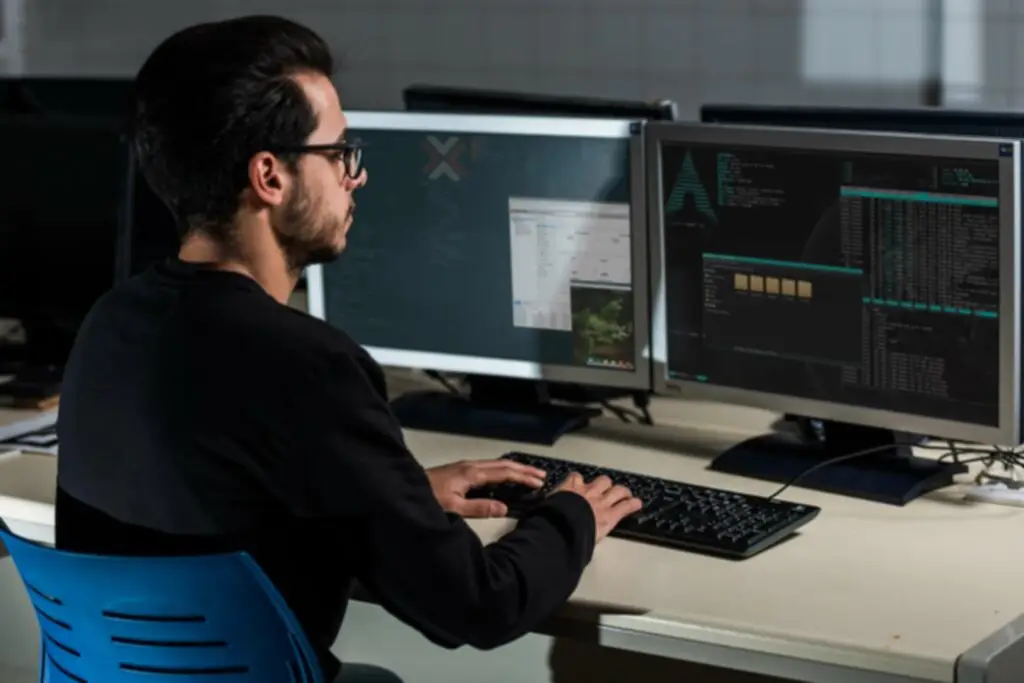


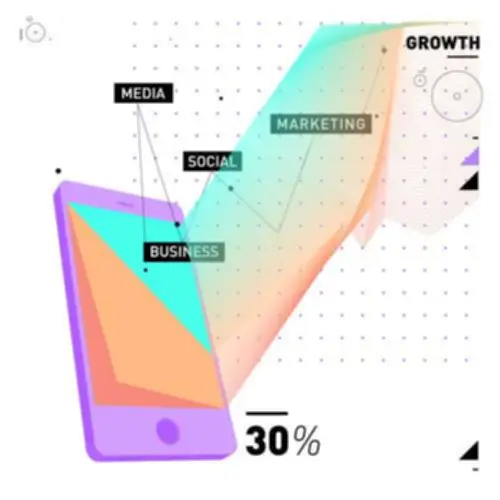
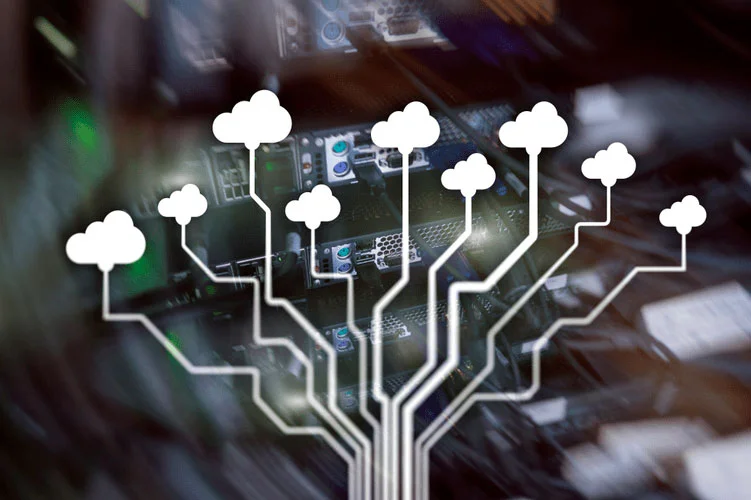
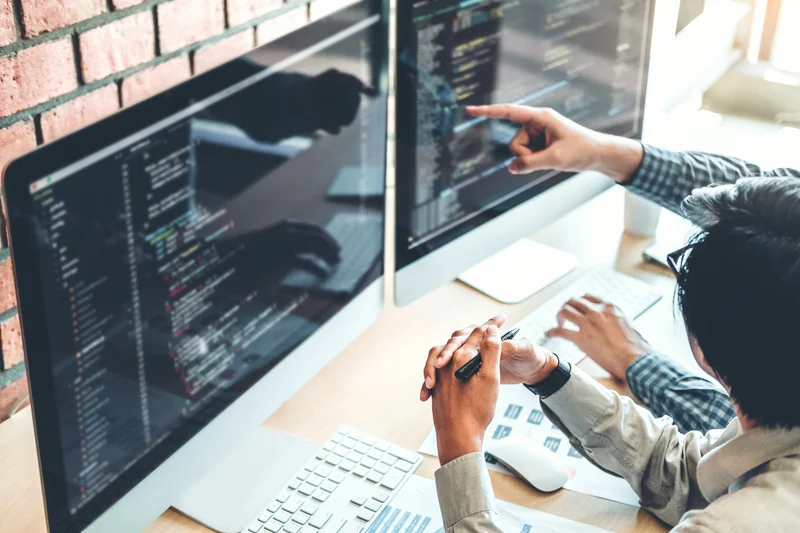
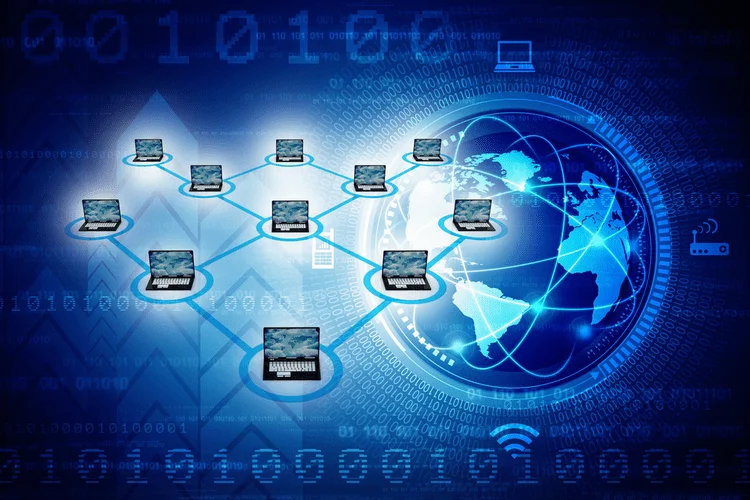
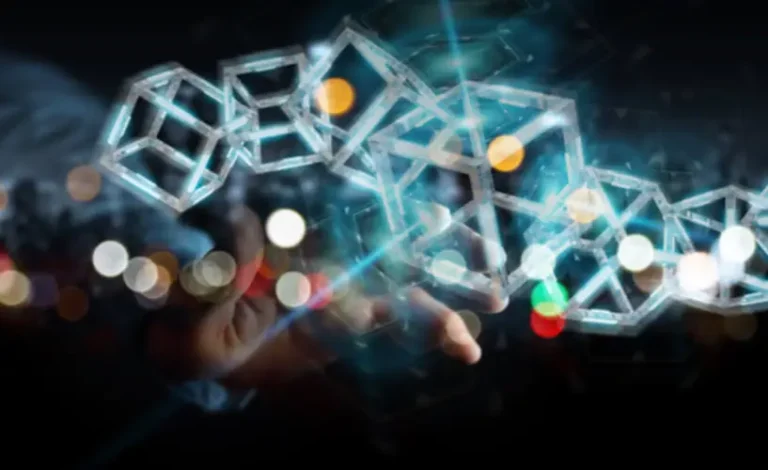

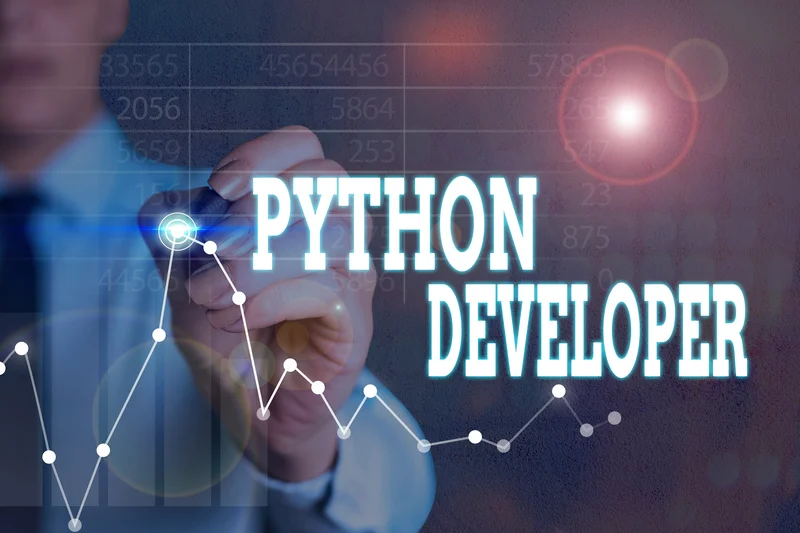
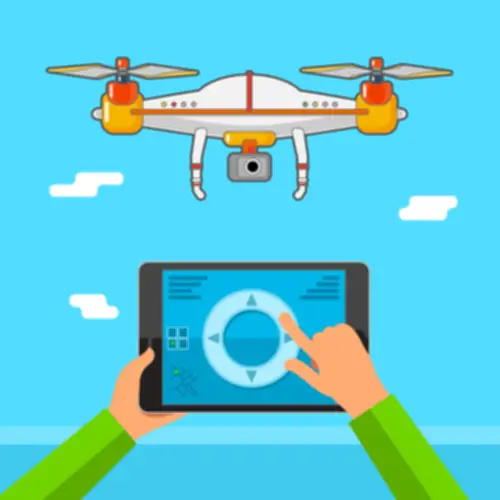

Recent Comments